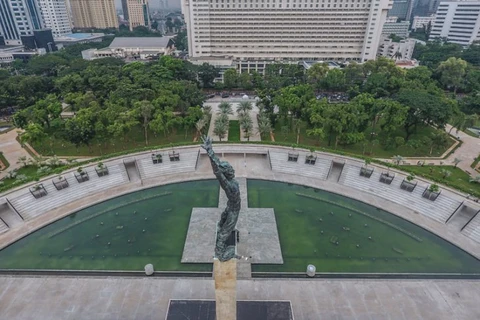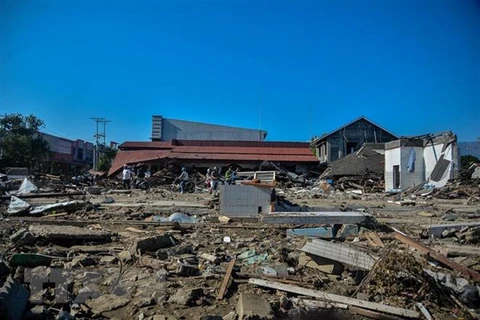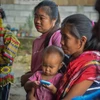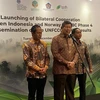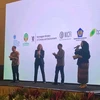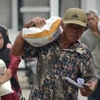Jakarta (VNA) - Indonesia has been striving to bring its poverty rate down to 9 percent by the end of this year, according to the country’s Development Planning Minister Bambang Brodjonegoro.
The minister said that to achieve the target, the Indonesian government will focus on strengthening its social aid services for appropriate and eligible recipients, including the non-cash food assistance programme (BPNT) and Indonesian Health Cards (KIS).
The targeted recipients of programmes, such as the BNPN, KIS, Family Hope Program (PKH), and the Indonesian Smart Cards (KIP), are those belonging to the list of extreme poverty.
Those vulnerable to falling under the poverty line will be economically empowered by offering access to microfinance and by creating more jobs, Brodjonegoro stated.
The Central Statistics Agency (BPS) recorded that Indonesia’s poverty rate tends to decrease. In March 2018, it reached 9.82 percent but decreased to 9.66 percent in September the same year. The figure represented a drop of over 10 percent over that in September 2017.
As of September 2018, there were still 25.67 million poor people in Indonesia. The total number decreased by around 0.28 million as compared to that of March the same year and by around 0.91 million of September 2017.
Although the poverty rate of Indonesia has reduced through years, it is still a great challenge to the country with more than 260 million people.
Indonesia has also faced unequal development among regions, with poverty rate being higher in the eastern region than that in the west.-VNA
VNA

